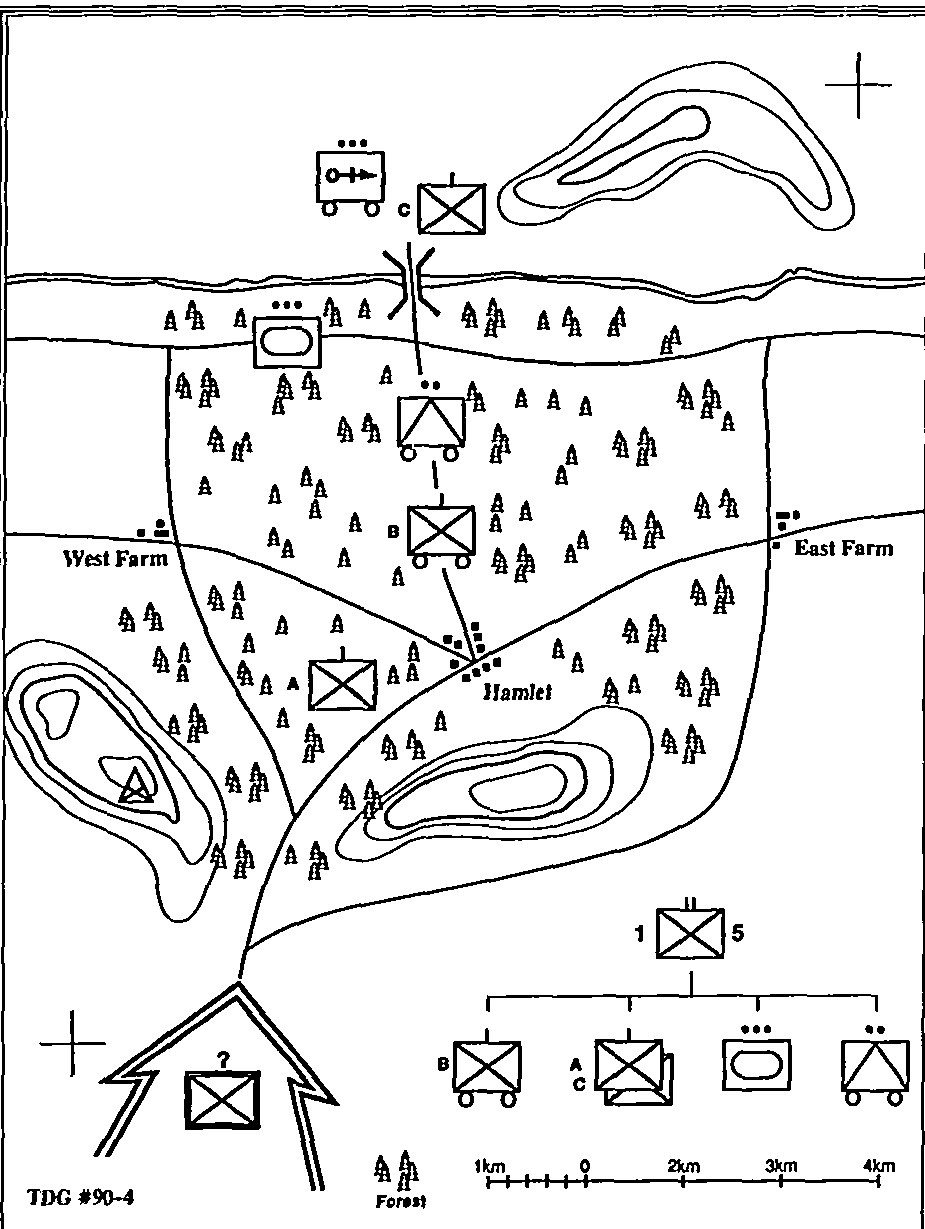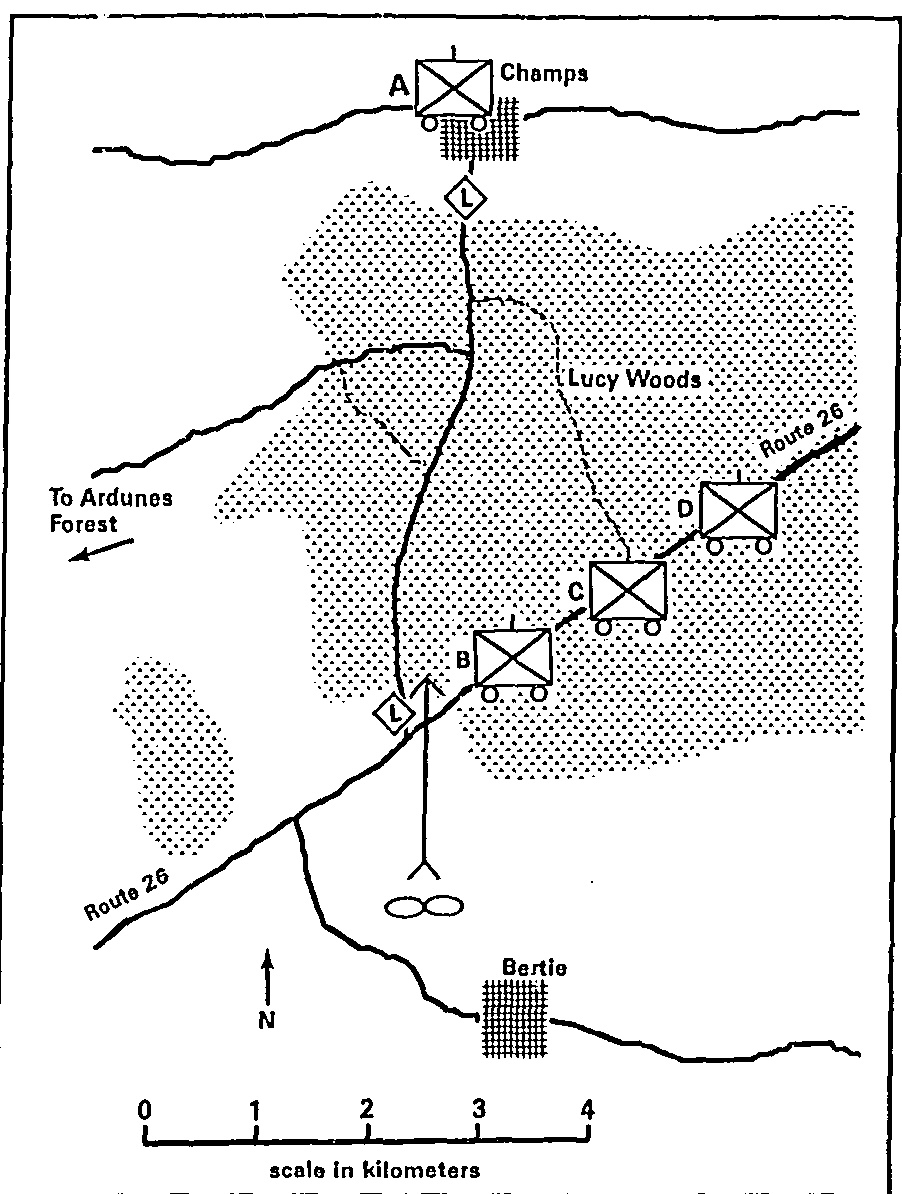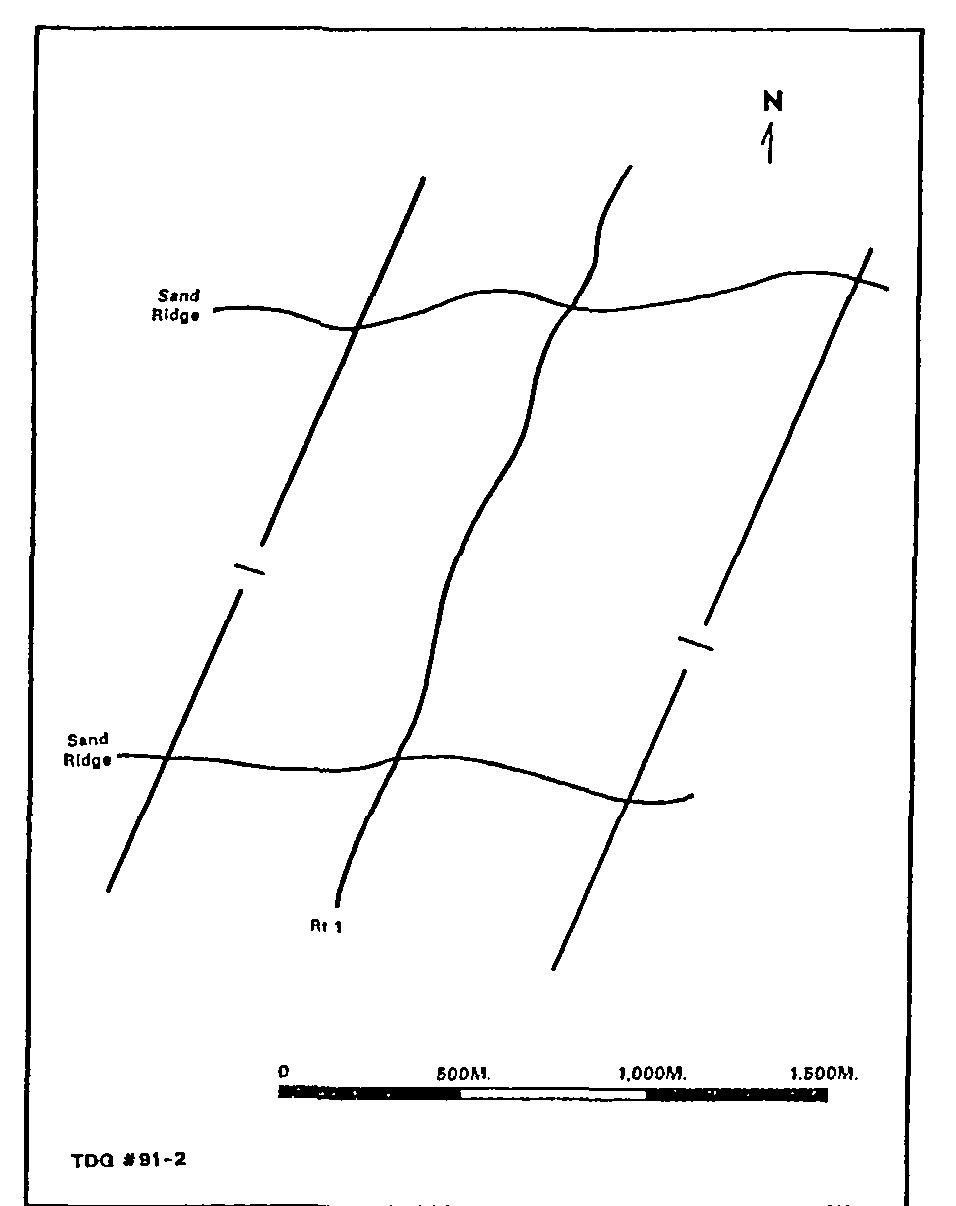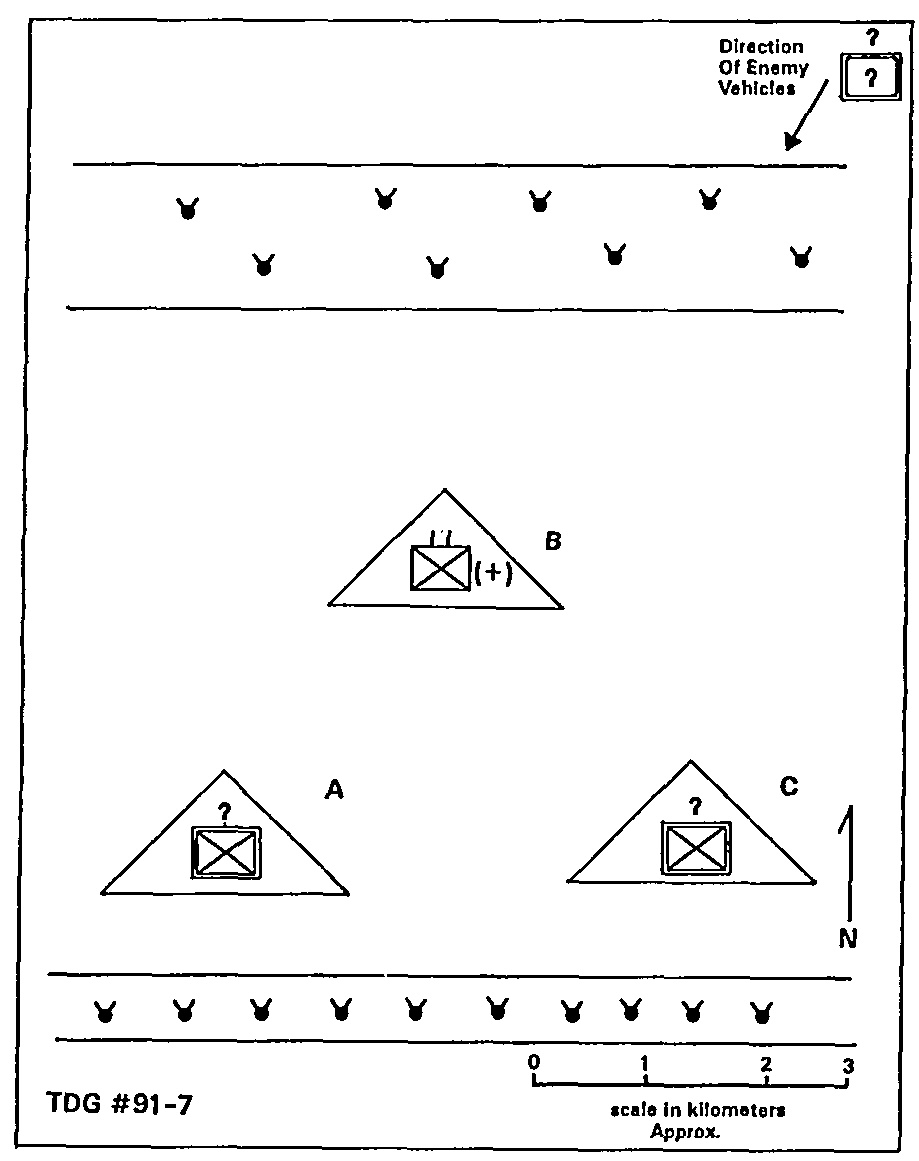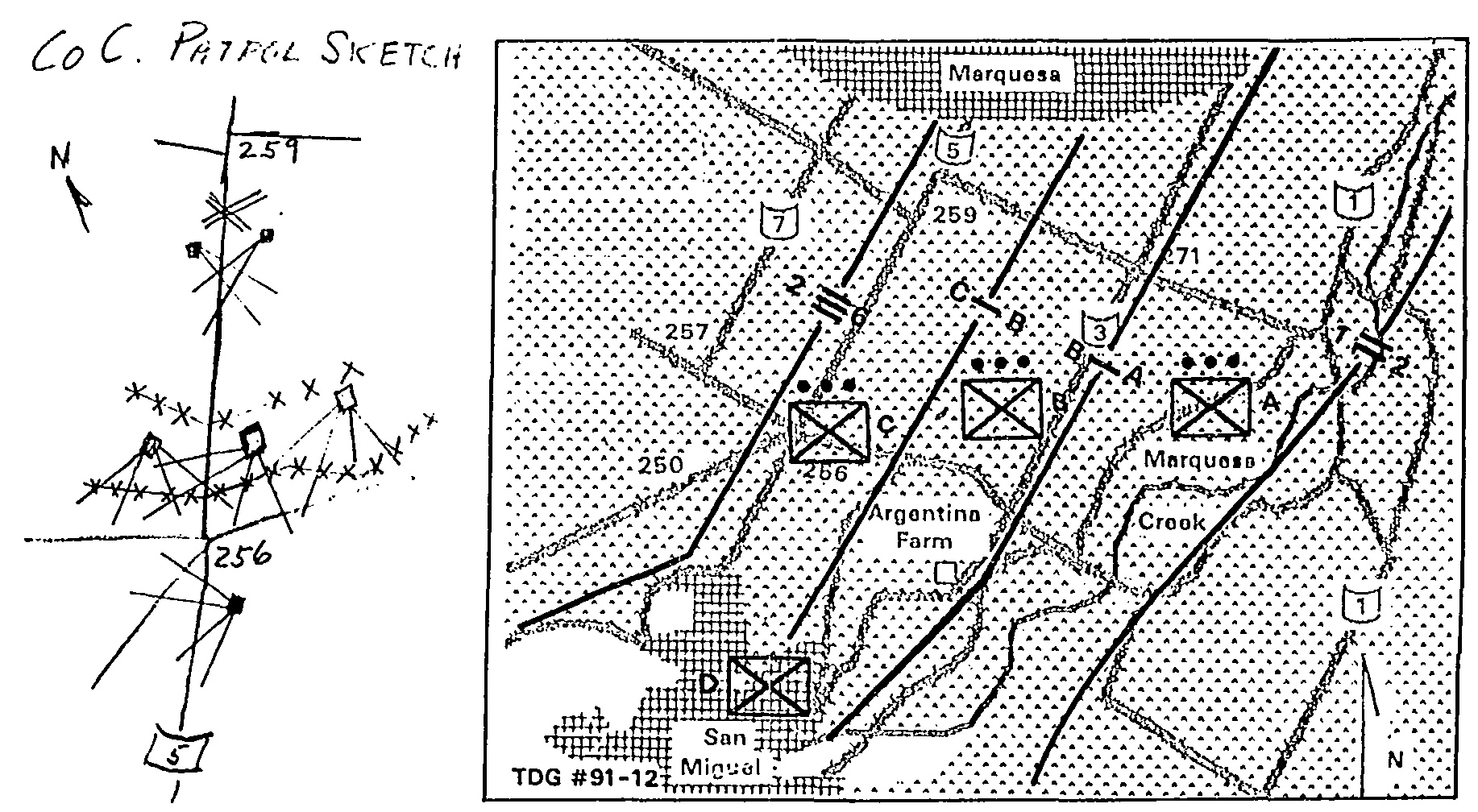The Situation
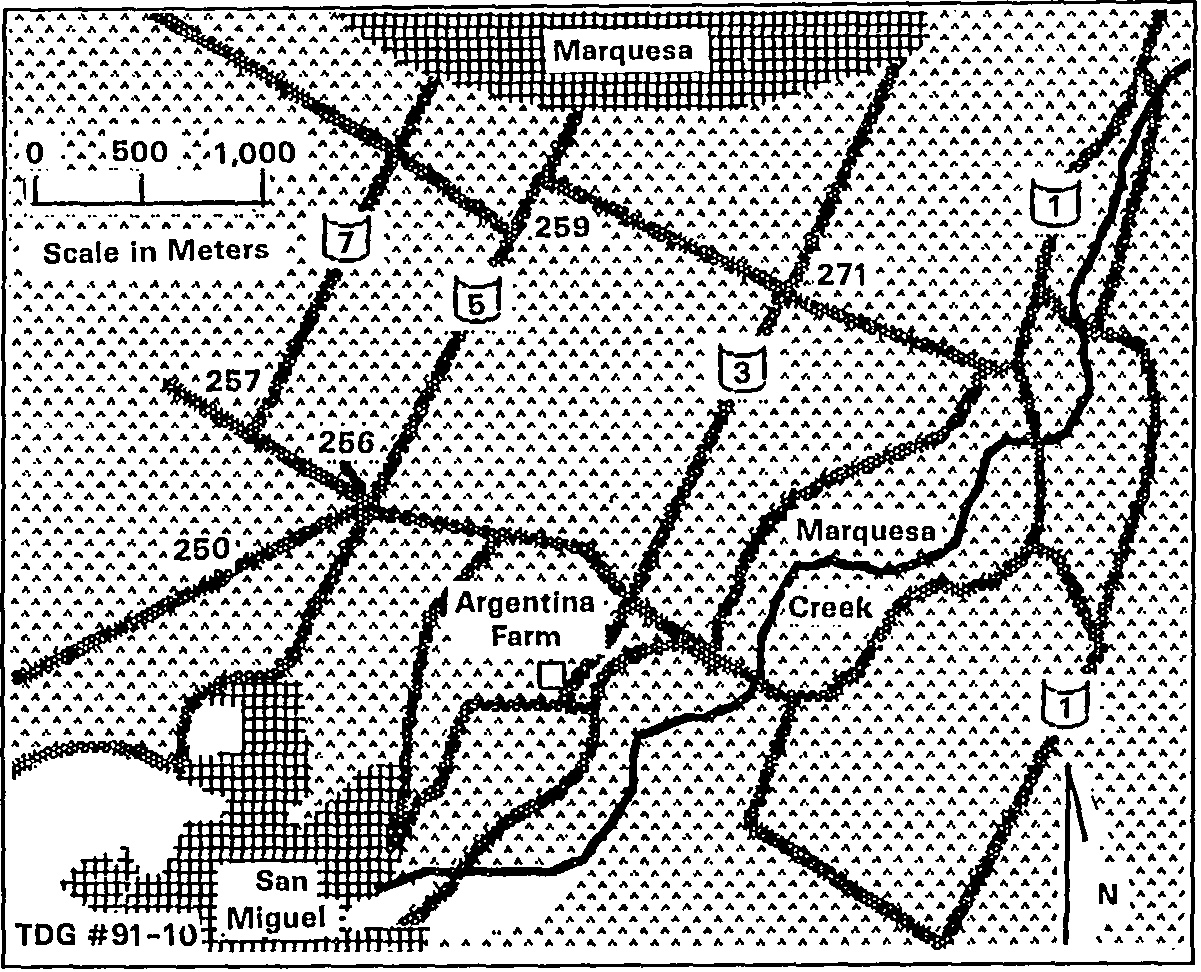 Since we landed eight days ago, the operation has been going well. We quickly gained air superiority. Our mobile forces-mounted in light armored vehicles, well-equipped with a new generation of precision-guided weapons, and acting in close cooperation with our aircraft-are moving rapidly inland. Indeed, we would already have destroyed the enemy’s conventional forces were it not for the fact that so much of the country was heavily wooded.
Since we landed eight days ago, the operation has been going well. We quickly gained air superiority. Our mobile forces-mounted in light armored vehicles, well-equipped with a new generation of precision-guided weapons, and acting in close cooperation with our aircraft-are moving rapidly inland. Indeed, we would already have destroyed the enemy’s conventional forces were it not for the fact that so much of the country was heavily wooded.
You are the commander of a Marine infantry battalion (four companies, without attachments) serving as part of the follow-on forces that must “mop up” the pockets of resistance bypassed by the mobile forces. You have only your organic vehicles. As a result, you and your men must move and fight largely on foot. Worse yet, the density of the woods in which you operate-which remind you more than anything of the places in Quantico where you got lost trying to learn land navigation-makes the use of the new long-range precision-guided munitions almost impossible.
Thus, for the past week you have been marching and fighting the oldfashioned way. Fortunately, resistance has been light, so that you and the battalions on your flanks have been able to move about 25 kilometers a day. While there have been no wholesale surrenders, groups of enemy stragglers have been giving themselves up on a regular basis. Those enemy units that do wish to put up a fight have seldom tried to hold their ground. They have generally been satisified to drop a few trees and fire a few shots before fleeing.
Today, however, as you and your battalion, near the end of a 23-kilometer march, were entering the supposedly secure town of San Miguel, you were surprised by three enemy light armored vehicles that burst out of the woods and onto the road. One was quickly dispatched by a hail of fire from your grenade and rocket launchers. The crews of the other two vehicles surrendered in time to avoid the same fate. You were lucky this time. Although the vehicles had working machineguns and plenty of ammunition, the crews neglected to fire on the tempting target offered by your battalion on the road.
As night falls, you find your billets in San Miguel. At 2200, you receive your orders, and a home-made map. from regiment.
“We are continuing the work of securing these roads through the woods,” the order read. “Your job is to clear the stretch of woods between road number five and the Marquesa Creek, inclusive. I’m giving you no deadline; take whatever time you need to get the job done. Remember, however, we have to maintain the tempo of this operation. We don’t want to give the enemy time to reorganize itself.”
As you ponder your map, your staff gathers. The first to arrive is the supply officer, who tells you that your request for additional night vision goggles (to augment the 50 sets that you already have) has been denied.
The Requirement
Discuss your intent, the concept of operations, and the guidance you will give the staff concerning the order to be issued to the battalion. Include any plans for the use of supporting arms, an overlay of any schemes of maneuver, and any further communications you would make with battalion. Then give a brief explanation of your rationale. Send your solution to the Marine Corps Gazette, Tactical Decision Game #91-10, Box 1775, Quantico, VA 22134. The Gazette will publish the author’s and other solutions in the December issue.


